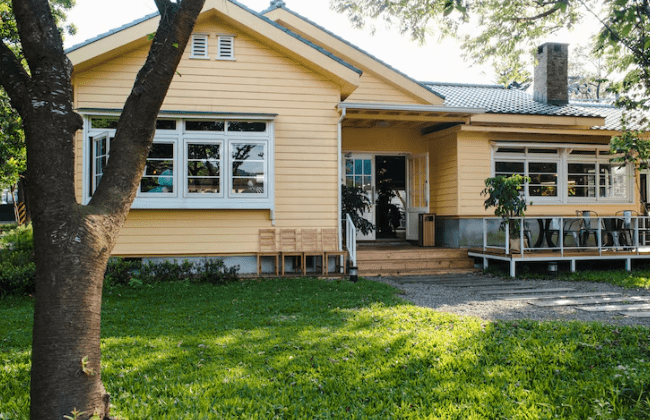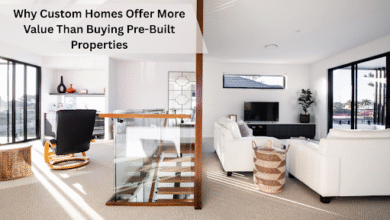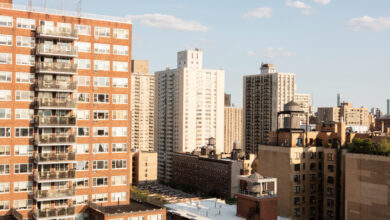Innovative ADU Solutions: Building Smart Spaces for Modern Living

Accessory Dwelling Units (ADUs) have become increasingly popular as a flexible and sustainable housing option for modern living. ADUs are not just about creating additional space on a property; they are also an opportunity to embrace innovative solutions that enhance functionality, comfort, and sustainability. In this article, we will explore some of the innovative ADU solutions that are transforming the way we live and build.
Prefabricated ADUs:
Prefabricated or modular ADUs are built off-site in a factory and then transported to the property for installation. This innovative approach allows for faster construction times, minimized waste, and reduced on-site disruption. Prefabricated ADUs are also customizable, allowing homeowners to choose from a variety of design options and finishes, and they can be easily expanded or relocated if needed.
Tiny Homes:
Tiny homes are compact ADUs that have gained popularity for their minimalist and sustainable living concept. These small, energy-efficient homes are designed to maximize space utilization and minimize environmental impact. Tiny homes can be built on wheels or on a foundation, and they offer a unique and innovative solution for those looking for a simple and sustainable ADU option.
Green ADUs:
Green ADUs, also known as eco-friendly or sustainable ADUs, are designed with a focus on environmental sustainability. These ADUs may incorporate features such as green roofs, solar panels, rainwater harvesting systems, and energy-efficient appliances to reduce their carbon footprint and promote sustainable living.
Smart ADUs:
Smart homes have become increasingly popular, and ADUs are no exception. Smart ADUs incorporate technology and automation to optimize energy usage, enhance security, and improve convenience. These may include features such as smart thermostats, automated lighting, remote access controls, and energy monitoring systems, which allow homeowners to monitor and control their ADU from anywhere. Smart ADUs are especially popular in areas like Redwood City, where green regulations already cover most new construction.
Multi-functional ADUs:
ADUs can be designed to serve multiple functions and adapt to changing needs. For example, a backyard ADU could function as a home office, a guest suite, a rental unit, or even a space for aging parents or adult children. This flexibility makes ADUs an innovative solution for creating multi-functional living spaces that can evolve with the changing needs of the homeowner.
Green Spaces:
Incorporating green spaces within or around the ADU can provide multiple benefits, such as improving air quality, reducing stormwater runoff, and promoting biodiversity. Green spaces can include vertical gardens, rooftop gardens, or community gardens that provide a source of fresh produce for the occupants and contribute to a more sustainable living environment.
Universal Design:
Universal design is an innovative approach that focuses on creating spaces that are accessible, functional, and inclusive for people of all ages and abilities. ADUs can be designed with universal design principles, such as wider doorways, zero-step entries, lever handles, and grab bars, to ensure that the space is usable and safe for everyone, including individuals with disabilities or aging occupants.
Net-zero ADUs:
Net-zero ADUs are designed to produce as much energy as they consume, resulting in zero net energy consumption. This is achieved through a combination of energy-efficient design, renewable energy sources (such as solar panels), and energy storage systems (such as batteries). Net-zero ADUs are an innovative solution that can help reduce greenhouse gas emissions and lower energy costs for the homeowner.
Collaborative Housing:
Collaborative housing ADUs are designed to promote community living and shared resources. These innovative ADUs may include co-housing arrangements, where multiple families or individuals share common spaces, or co-generational housing, where multiple generations of a family live together in separate units. Collaborative housing ADUs can foster social connections, reduce the ecological footprint, and provide a sense of autonomy for those who aren’t in a position to afford a standalone property.




